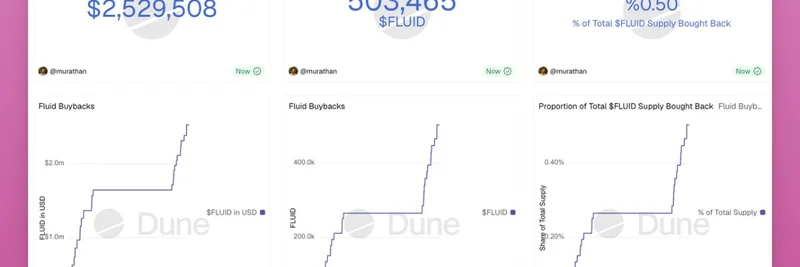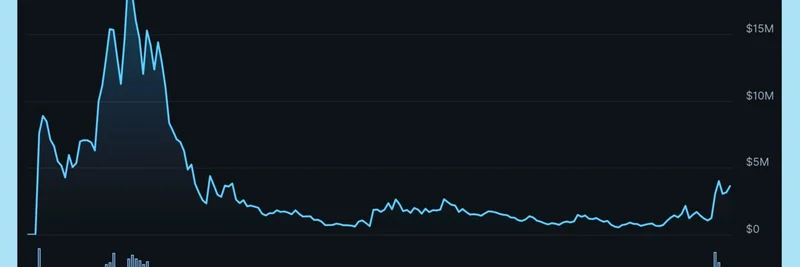In the ever-evolving landscape of cryptocurrency, Jupiter has emerged as a formidable player, especially with its recent announcements at their flagship conference, Catbedral. This event was packed with significant updates, including acquisitions, token buybacks, and the launch of an ambitious project, Jupnet. Let's delve into how these strategies are setting Jupiter on a path of vertical integration and growth.
Acquisition Moves:
Jupiter's strategic acquisitions include a majority stake in Moonshot, a mobile trading app that became viral during the Trump memecoin mania, generating $35M in fees. Additionally, they fully acquired Sonar Watch, a DeFi portfolio management tool for Solana. These moves not only expand Jupiter's ecosystem but also enhance its service offerings, making it a more comprehensive platform for users.
Fund Allocation and Token Buybacks:
In partnership with Shaw from ElizaOS, Jupiter is setting aside $10M to support AI developers launching through their launchpad. This initiative aims to foster innovation within their ecosystem. Moreover, Jupiter has decided to use 50% of its exchange protocol fees to buy back JUP tokens, which could potentially increase the token's value by reducing its circulating supply.
Token Burning and Jupnet:
In a bold move to manage token emissions, Jupiter burned 3 billion JUP tokens, reducing the platform's fully diluted valuation (FDV) and aiming to enhance long-term token holder value. Perhaps the most exciting announcement was the introduction of Jupnet, an omnichain network designed to aggregate all of crypto into one decentralized ledger. This project aims to simplify the user and developer experience by providing a unified platform across different blockchains.
Execution and Transparency:
Jupiter's execution capabilities have been impressive. From detailed daily communication by Meow, one of their key team members, to maintaining transparency with the community through audits, Jupiter showcases a commitment to openness that is rare in the crypto space. Their transparency audit, for example, meticulously tracked and accounted for almost every token, reinforcing trust within their community.
The Philosophy Behind Vertical Integration:
The crypto industry, unlike traditional business environments, thrives on permissionless innovation. Here, traditional moats like regulatory capture or proprietary technology are less effective. Instead, as Marco Manoppo highlights, the focus shifts to brand, user experience, and community. Over time, apps like Jupiter tend to vertically integrate to capture more value, improve user experience, and solidify their brand presence in the market.
Why Aggregation Works in Crypto:
In the Ethereum Virtual Machine (EVM) space, aggregation hasn't always translated into market dominance, as seen with 1inch vs. Uniswap. However, Jupiter has successfully convinced Solana users of its superior swapping experience, largely due to better user interface and experience compared to competitors like Orca and Raydium during the DeFi summer. This success story underlines the importance of execution and user-centric design in crypto.
Jupiter's Business Strategy:
Jupiter's strategy has been nothing short of genius, acquiring five teams within 12 months to bolster its ecosystem. From Moonshot to SolanaFM, each acquisition adds a layer of functionality or user engagement. This vertical integration approach not only expands Jupiter's capabilities but also creates a more interconnected and robust platform for its users.
The Future of Crypto Apps:
As Marco Manoppo suggests, the future might see more crypto applications moving towards appchain-centric models or vertical integration to control more aspects of the user interaction, from blockspace to user costs. This trend is about optimizing for value capture, a fundamental business strategy, even within the decentralized ethos of crypto.
In conclusion, Jupiter's recent moves at Catbedral illustrate a clear strategy towards becoming a crypto conglomerate through vertical integration. By focusing on user experience, community engagement, and strategic acquisitions, Jupiter is not just surviving but thriving in the competitive crypto market. This approach might well define the future trajectory for many crypto platforms aiming for comprehensive user ecosystems.



